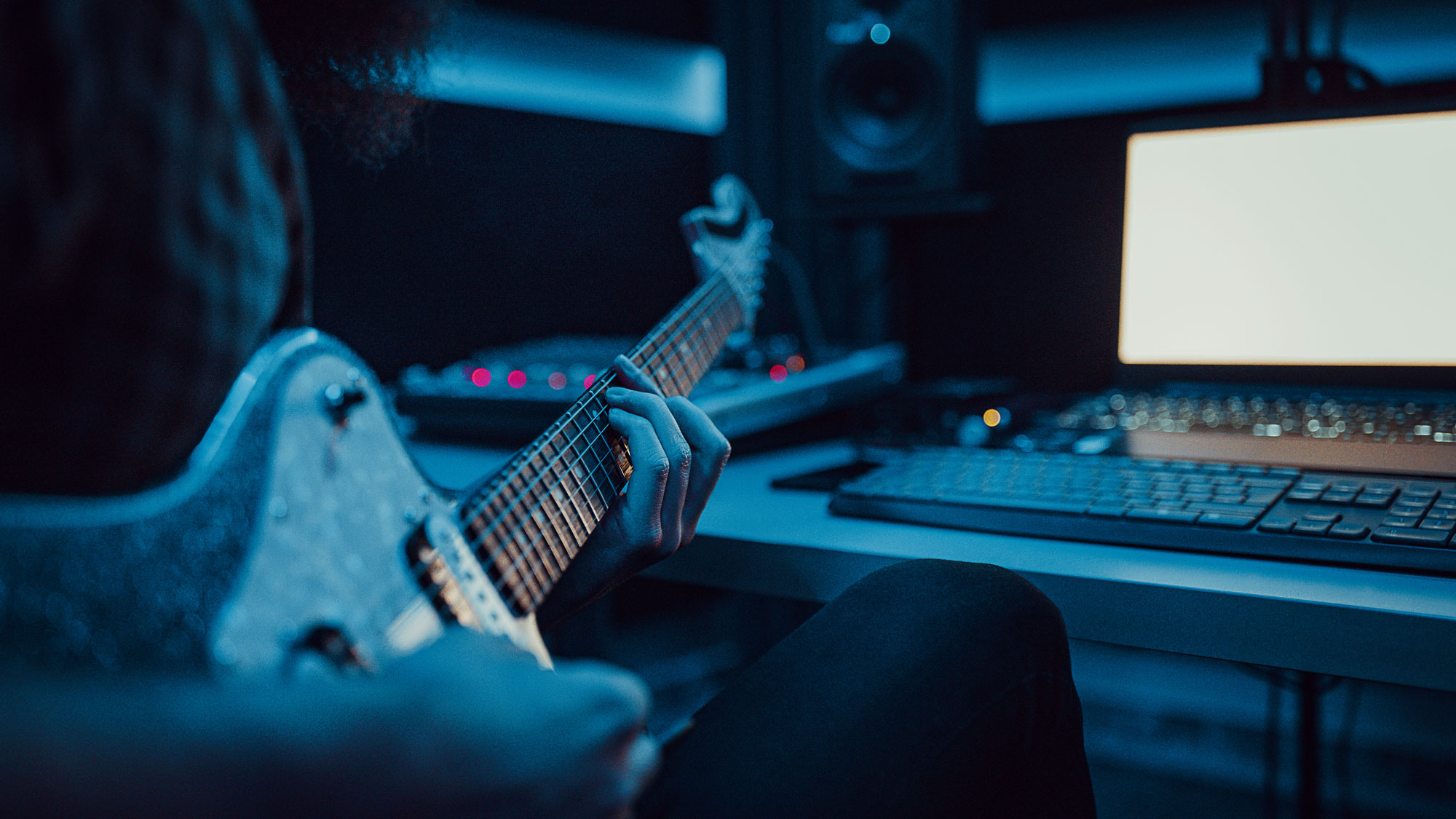
Tom Dalgety made his name producing Royal Blood’s monster debut album, but in the decade since, the English record producer and engineer has gone on to shape the sound of modern rock.
Not only has he produced blockbuster records for The Cult, Ghost and Pixies, he has also had a hand in their lineups, introducing guitarist Chris Catalyst to Ghost leader Tobias Forge, and Emma Richardson to Black Francis and co. He’s even referred to as the “Fifth Pixie”.
Whatever he’s working on, one thing’s for certain: it’s going to play host to some killer guitar tones (and, in the case of Royal Blood, bass-emulating-guitar tones). So when Dalgety speaks, we listen.
In a new interview with Boss, the esteemed producer has revealed the gear he used to create guitar sounds over the years, and why focusing solely on your guitar rig misses some of the most important aspects of recorded guitar sounds – something he badges “the biggest mistake guitar players make” during the recording process.
“Be wary of trying to emulate guitar sounds from your favorite albums with just an amp in the room,” he says.
“The recording chain should not be underestimated. For example, you can add a lot more distortion and harmonics with the mic preamp and completely transform the sound of an amp with EQ. So much tone-shaping is done post.”
As someone who has spent hours, if not days, attempting to create a mix-ready guitar tone from the off, these are wise words. It’s why you’ll find guitarists obsessing over types of microphone, interface preamps and rack compressors – although the beauty of modern-day amp modelers and multi-effects is that you can experiment with digital equivalents to your heart’s content, often within the hardware itself.
Dalgety goes on to highlight the integral role EQ plays in producing recorded sound, and why placement in the signal chain is key.
“I think the ubiquitous heavy metal scooped-mid guitar tone sounds way better when chopping out midrange on the console rather than using the amp EQ or EQ placed before the amp,” he says.
“EQ-ing at different points in the chain creates completely different results. One of the biggest mistakes guitar players make is trying to emulate the sound of recorded guitar using a live rig.”
If you haven’t been involved in a mixing process before, you’d be amazed by how much high- and low-end is shelved from an in-the-room amp tone. Low-mids are removed, highs are tamed, and the whole lot may well be run through saturation and compression to sweeten the dynamics and harmonics.
In short, there’s a lot of extra gear involved in getting a final guitar sound on a record – so don’t go interfering too much with the raw sound.
In previous interviews, Dalgety has highlighted how he sometimes overdrives recording desk preamps, and runs DI boxes into the red to get the tones he seeks.
Elsewhere in the Boss conversation, he names the pedals that have formed important parts of the records he has worked on.
The PS-6 Harmonist is highlighted as integral to Royal Blood frontman Mike Kerr’s bass-meets-guitar tone, while the band also experimented with an AC-3 Acoustic Simulator, and even a Boss BD-2 on vocals.
Dalgety goes on to rave about the HM-2 Heavy Metal, which, besides the classic Swedeath tone (as heard on Ghost’s Rats), he uses as a Rangemaster-style treble boost.
But his deepest Boss cut is the MZ-2 Digital Metalizer, which he used for wide harmony guitars with Ghost.
“That’s a lesser-known vintage BOSS pedal with chorus and doubling modes,” he says. “I bought mine from a shop in Bristol called Heron Music, which is owned by my friend David Simpson.
“David was Killing Joke guitarist Geordie Walker’s tech. I went into Heron one day, and he told me the MZ-2 was a cool way to get a Geordie-style sound. It’s not exactly his sound – that was created using some obscure, hard-to-find gear – but it’s that kind of thing: wide and chorus-y.
“I’ve since used the Digital Metalizer on many recordings. My favorite example of the MZ-2 is the guitar solo in the Creeper song Cry to Heaven.”







